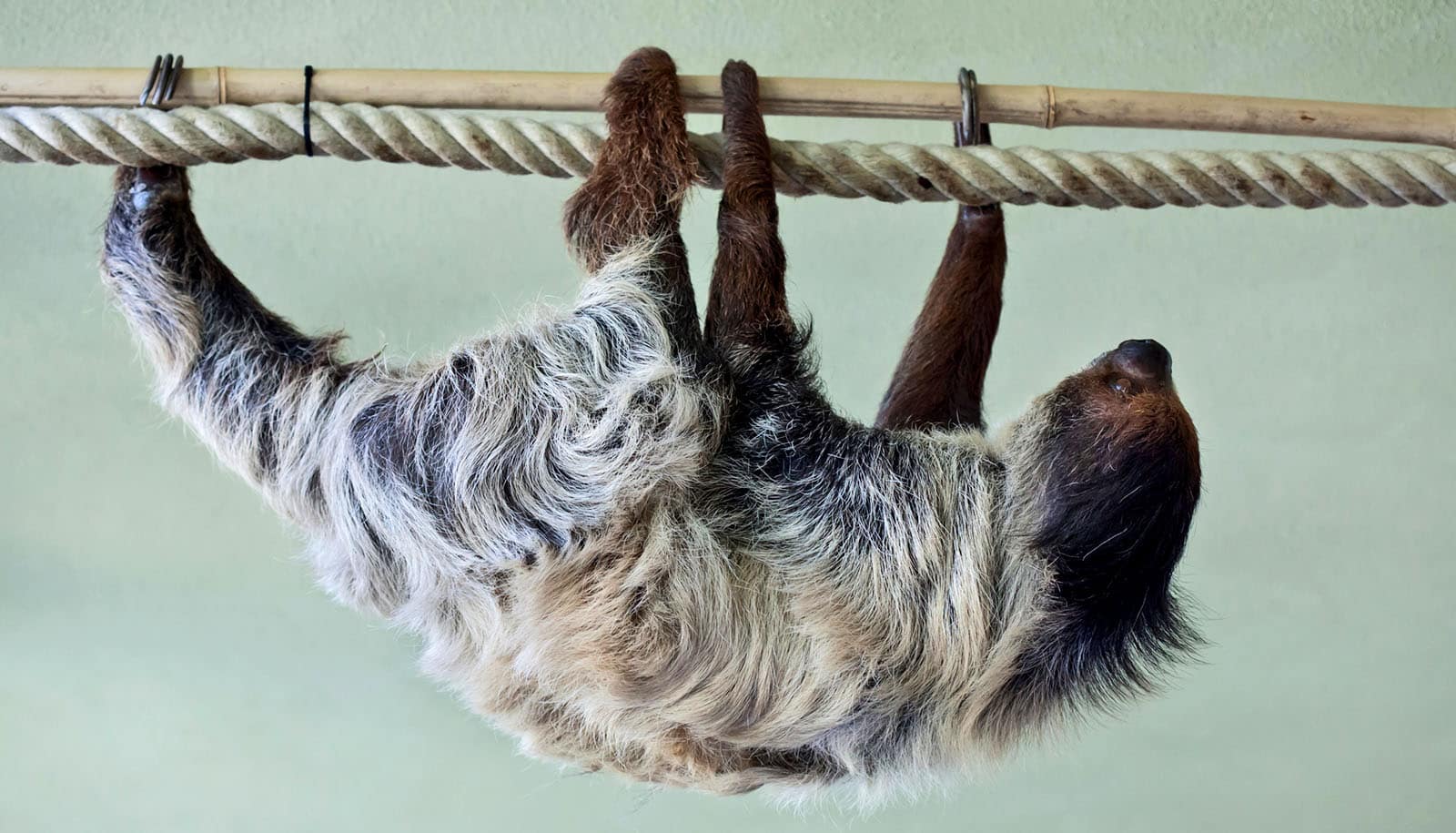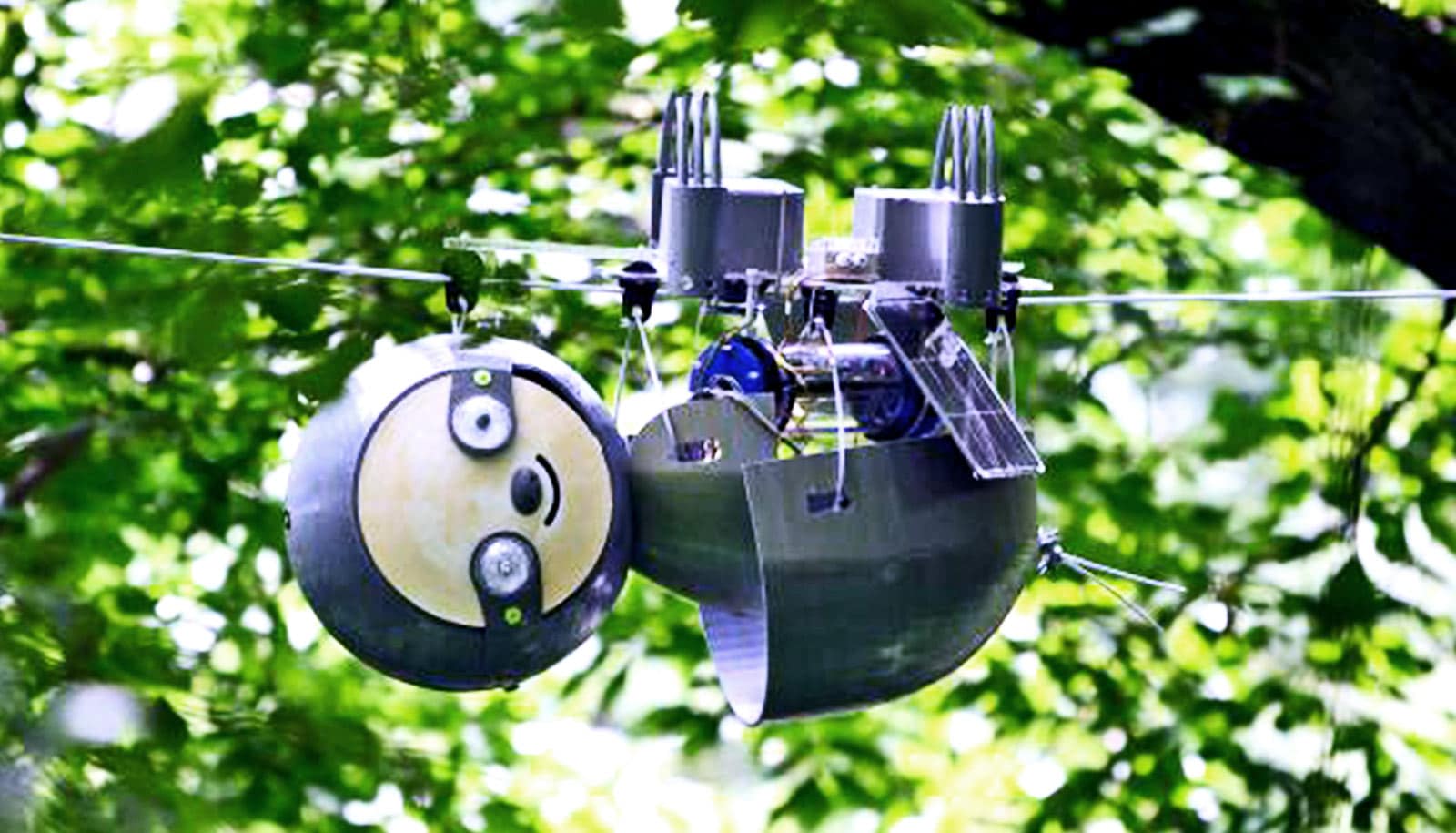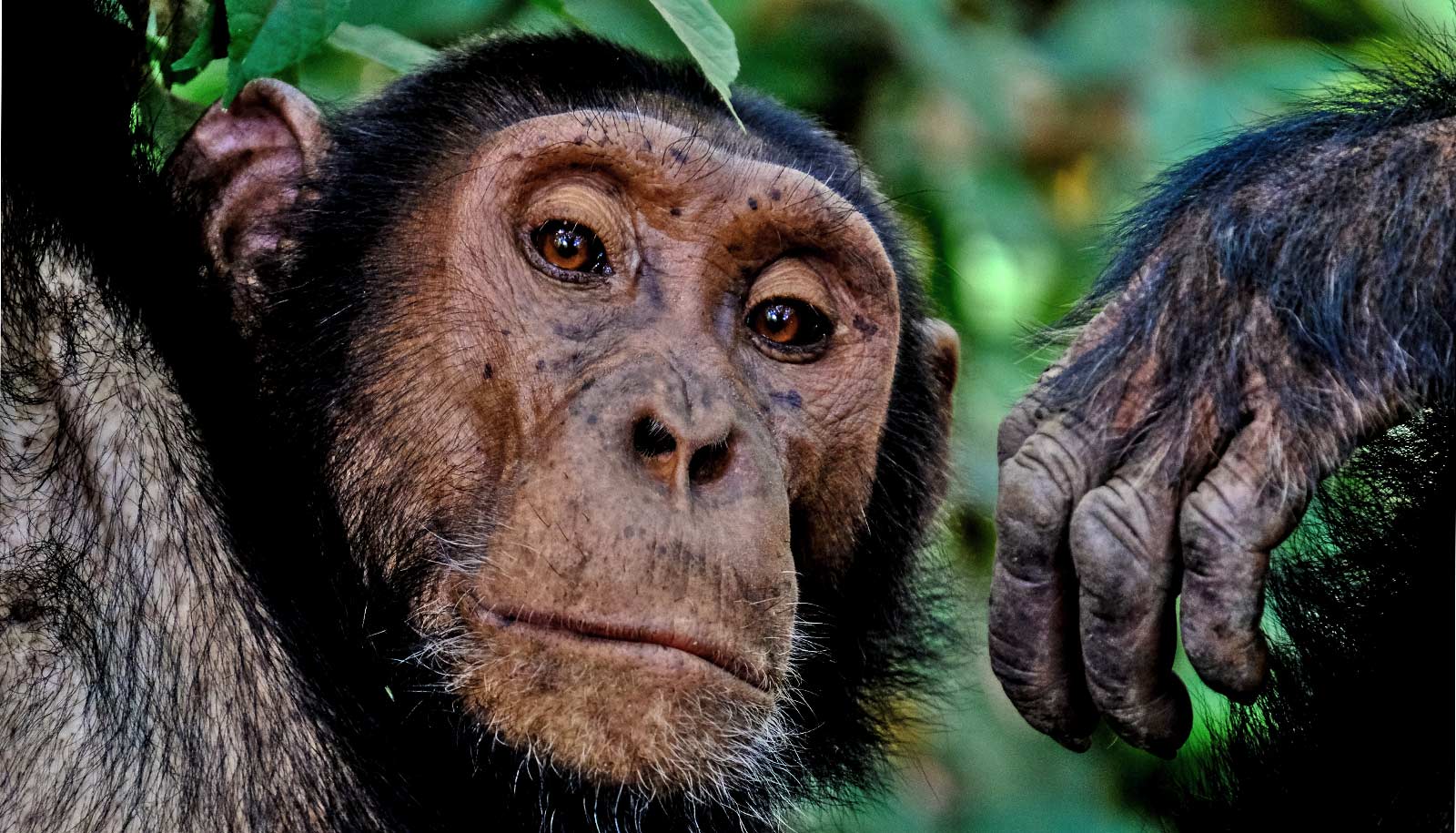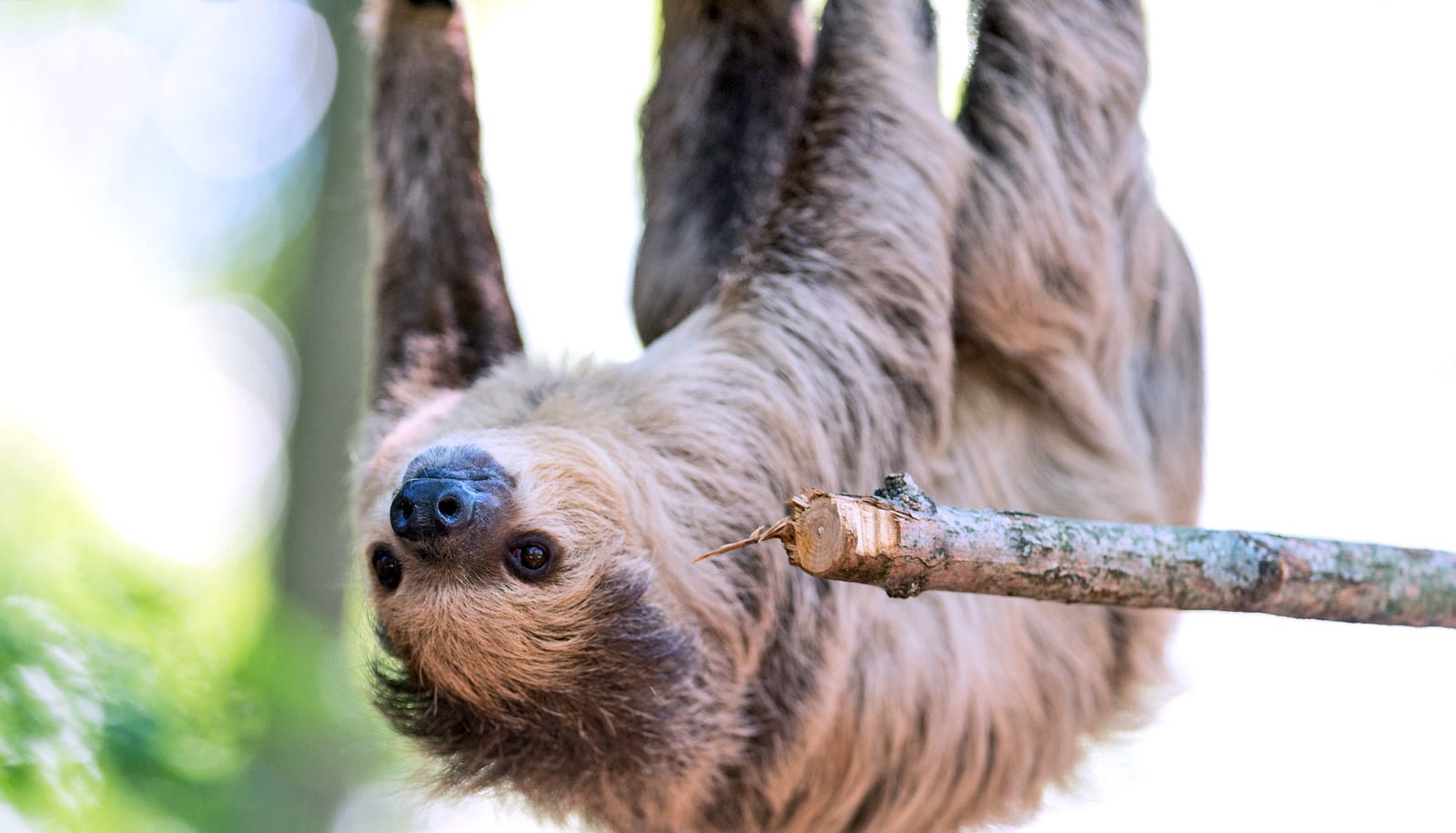A new video and paper demonstrate just how decisive and quick two-toed sloths can be when they need to.
The paper appears in the journal Food Webs and describes and analyzes an unusual video captured by a camera trap in the Ecuadorian Amazon. The camera was set up at a mineral lick, or saladero, where many Amazonian animals come to feed on mineral-rich soil. It captured an ocelot’s attempt to catch and kill a two-toed sloth.
Spoiler alert: The sloth not only survives, but also gets in a few swings at the ocelot before crossing a log above the forest floor.
“This is a super interesting video because it’s one of only a few times that a two-toed sloth has appeared in one of our camera trap videos and the only time that an ocelot has appeared,” says University of Texas at Austin professor of anthropology Anthony Di Fiore.
“In the video series, you see an ocelot presumably trying to prey on a two-toed sloth. In the first video, the ocelot first tries to bite the sloth from behind, on the neck, and the sloth turns over and swipes back at it. In the second, the sloth is slowly moving away from the ocelot on the underside of a trunk crossing the mineral lick. The ocelot follows, and the sloth pays close attention, not letting it get close.”
Di Fiore has been studying primates in the Ecuadorian Amazon for almost 30 years, and during the past decade one of his projects has involved working with camera traps at saladeros in the area. Though his focus has been on primates, such as spider and howler monkeys, the sloth video has him and his collaborators excited.
“Both two-toed sloths and ocelots are difficult animals to study,” he explains. “They are quiet, elusive, and hard to find and observe in the wild. This video provides a snapshot of interesting aspects of the natural history of both species, showing a possible prey-predator relationship which has seldom been considered and showing diurnal activity for the predominantly nocturnal two-toed sloth. The video also highlights the risk that predominantly arboreal animals like sloths take when they come down to the forest floor to use mineral licks.”
Although the research team does not have plans to pursue future sloth-specific research, Di Fiore says they are beginning to use environmental DNA techniques to better document what kinds of animals visit the mineral licks. In preliminary studies, they’ve already identified two sloth species. And who knows: The sloth may come back for round two. If it does, the cameras will be waiting.
Source: Kaulie Watson for UT Austin



